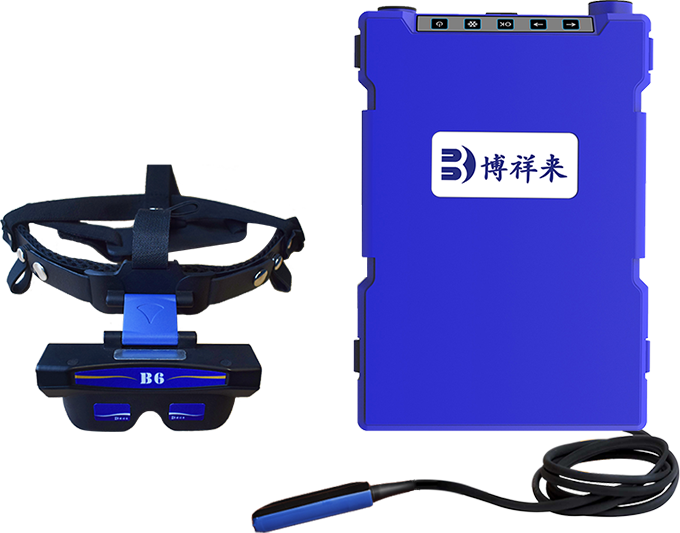ultrasound instruments have revolutionized veterinary diagnostics, offering non-invasive and precise methods for assessing various health conditions in cattle. Two critical areas where ultrasound has proven particularly beneficial are pregnancy detection and the evaluation of gastrointestinal (GI) disorders, including conditions leading to an empty stomach.

Ultrasound in Pregnancy Detection
Early and accurate pregnancy diagnosis is vital for effective herd management. Ultrasonography enables veterinarians to detect pregnancy as early as 26 days post-insemination, significantly earlier than traditional methods like rectal palpation. This early detection allows for timely management decisions, such as culling non-pregnant cows or adjusting feeding strategies for pregnant ones.
Ultrasound not only confirms pregnancy but also provides additional insights:
Fetal Viability: By visualizing the fetus and detecting a heartbeat, ultrasound confirms the pregnancy's progression.
Fetal Age Estimation: Measuring fetal size and development stages aids in estimating calving dates, facilitating better planning.
Detection of Multiple Pregnancies: Ultrasound can identify twin pregnancies, allowing for appropriate management to prevent complications.
Sex Determination: In some cases, fetal sex can be determined, providing valuable information for breeding programs.
These capabilities enhance reproductive efficiency and overall herd productivity.
Ultrasound in Diagnosing Empty Stomach Conditions
Gastrointestinal disorders leading to an empty stomach, such as ileus or abomasal displacement, can significantly impact cattle health. Ultrasonography serves as a crucial diagnostic tool in these scenarios:
Abomasal Displacement: Ultrasound can identify left or right displacement of the abomasum, conditions where the stomach moves from its normal position, leading to reduced feed intake and digestive disturbances.
Intestinal Obstructions: Ultrasound helps visualize dilated intestinal loops, indicating blockages that prevent normal stomach filling.
Peritonitis: Ultrasonography can detect signs of peritonitis, an inflammation of the peritoneum, which may lead to an empty stomach due to reduced feed intake.
Early detection of these conditions through ultrasound enables prompt intervention, reducing the risk of severe complications and improving recovery outcomes.
Advantages of Using Ultrasound in Cattle Health Management
The integration of ultrasound into cattle health management offers several benefits:
Non-Invasive Assessment: Ultrasound provides a safe and non-invasive method to evaluate internal conditions, minimizing stress and potential harm to the animal.
Early Diagnosis: The ability to detect conditions early allows for timely interventions, improving treatment success rates.
Enhanced Reproductive Management: Accurate pregnancy detection and fetal assessment contribute to better breeding decisions and herd productivity.
Comprehensive Health Monitoring: Regular ultrasound examinations can monitor various health aspects, leading to overall improved herd health.
tags: Ultrasound Instruments


